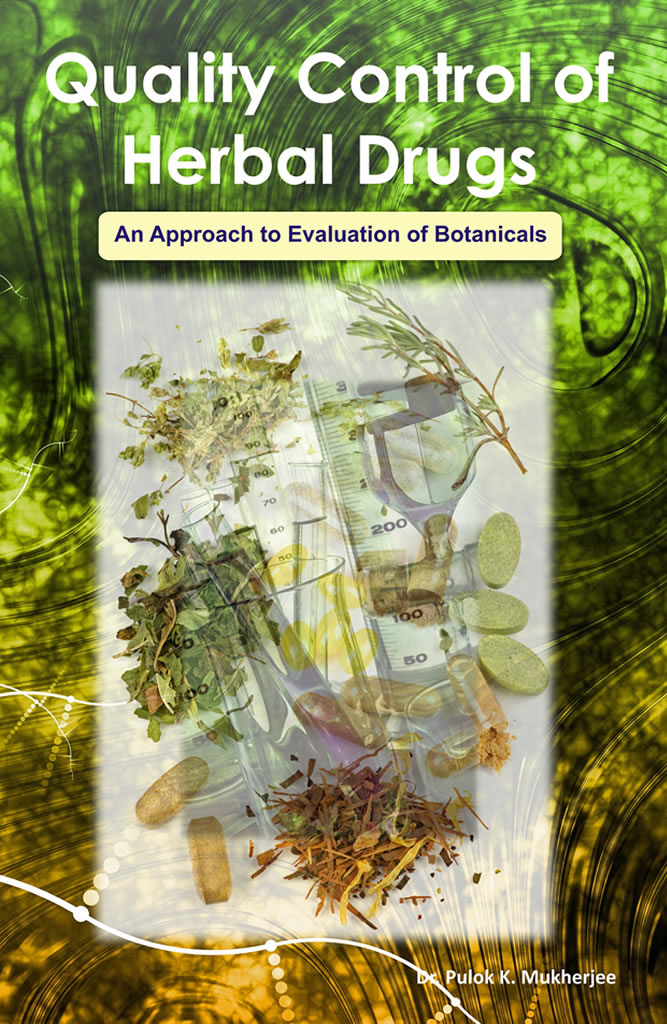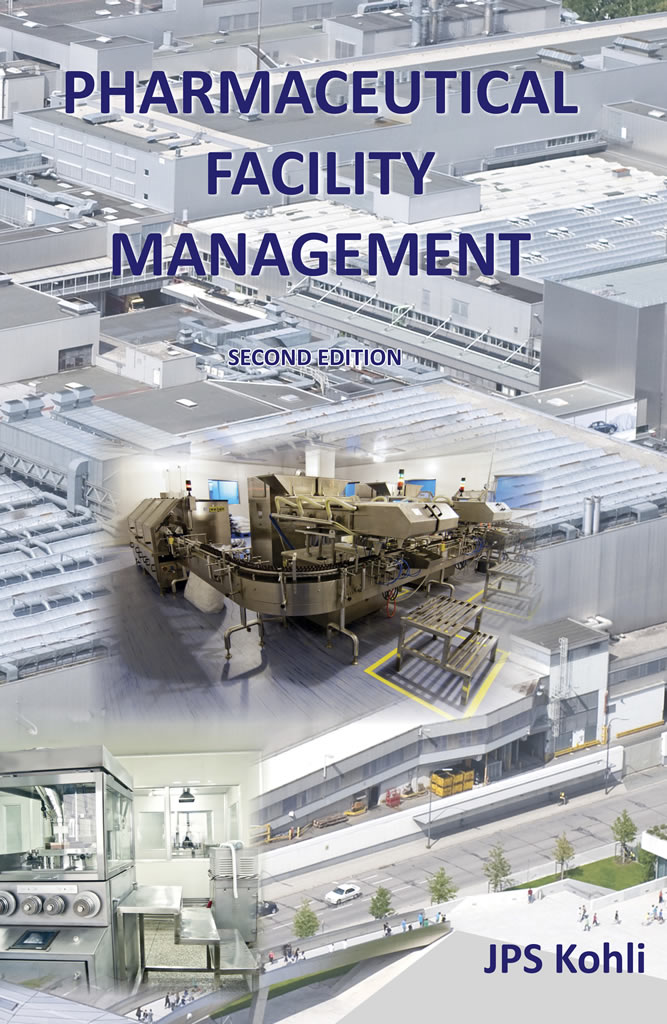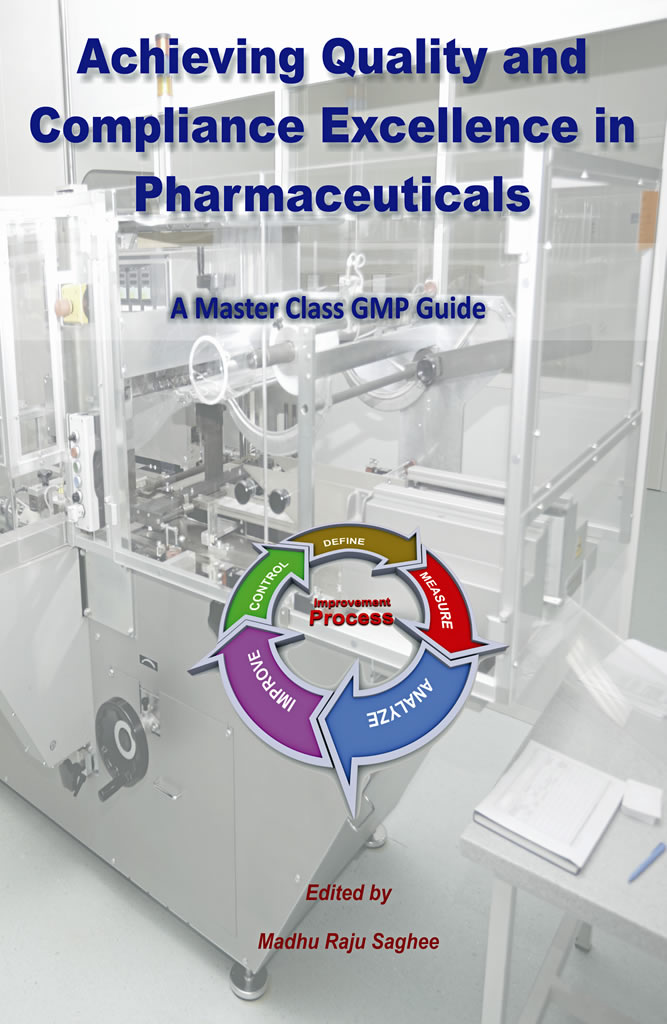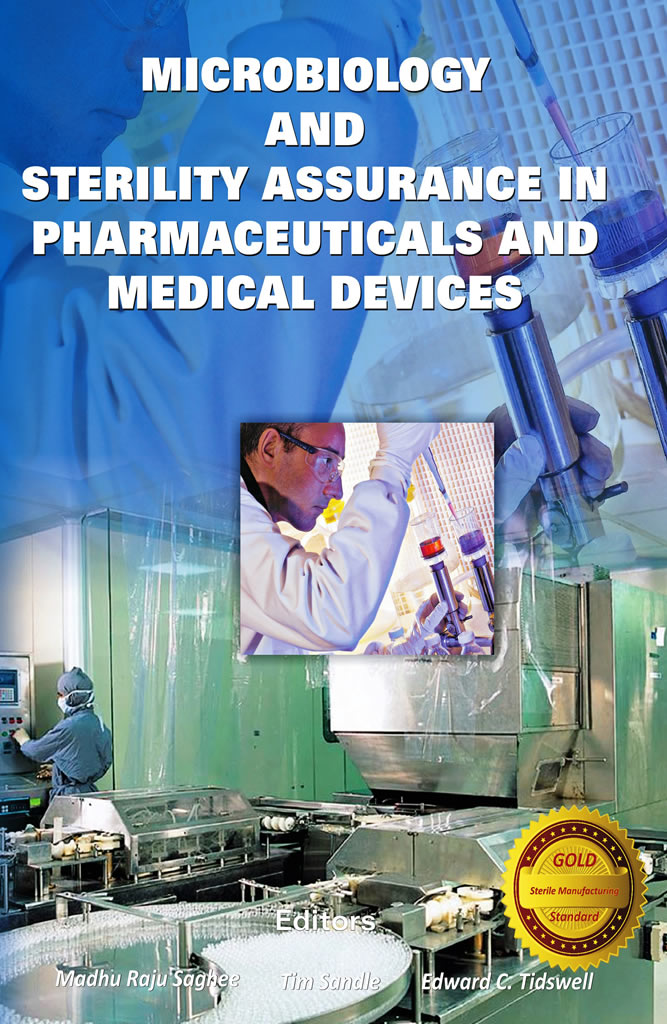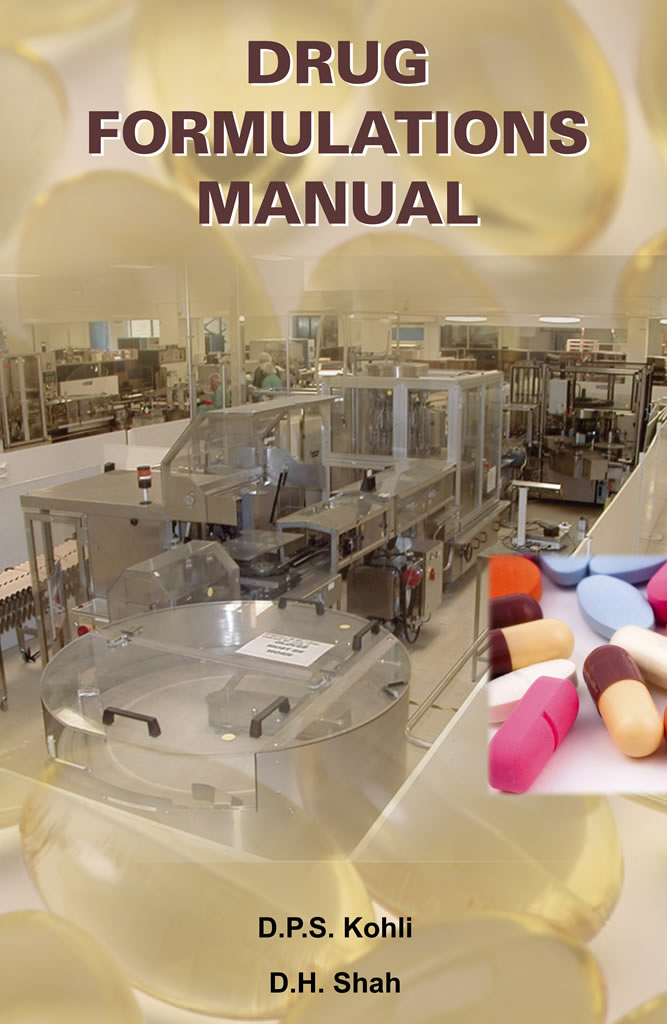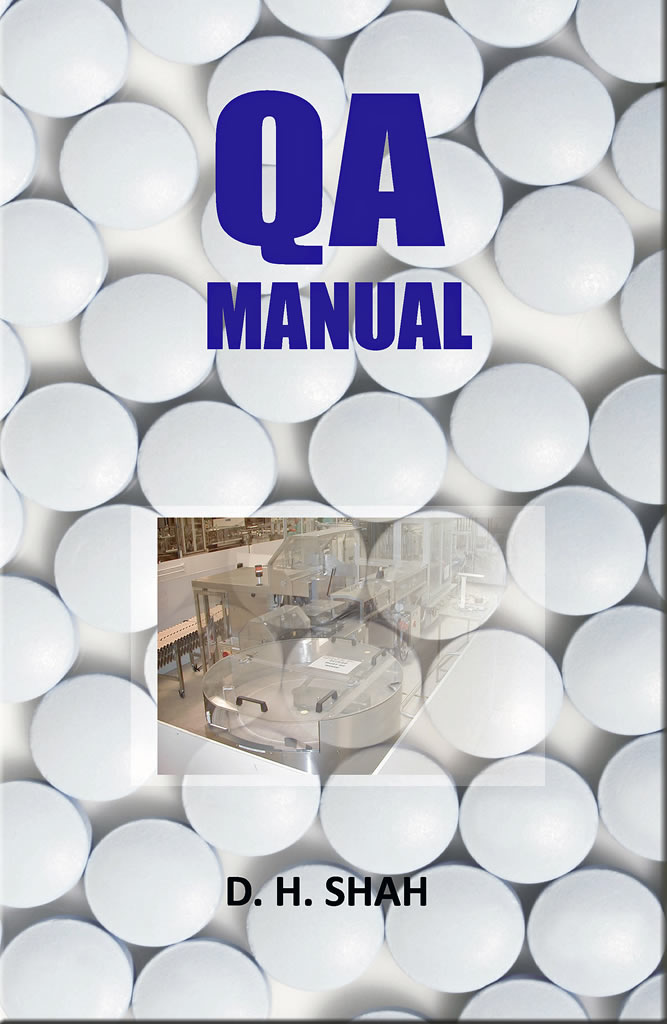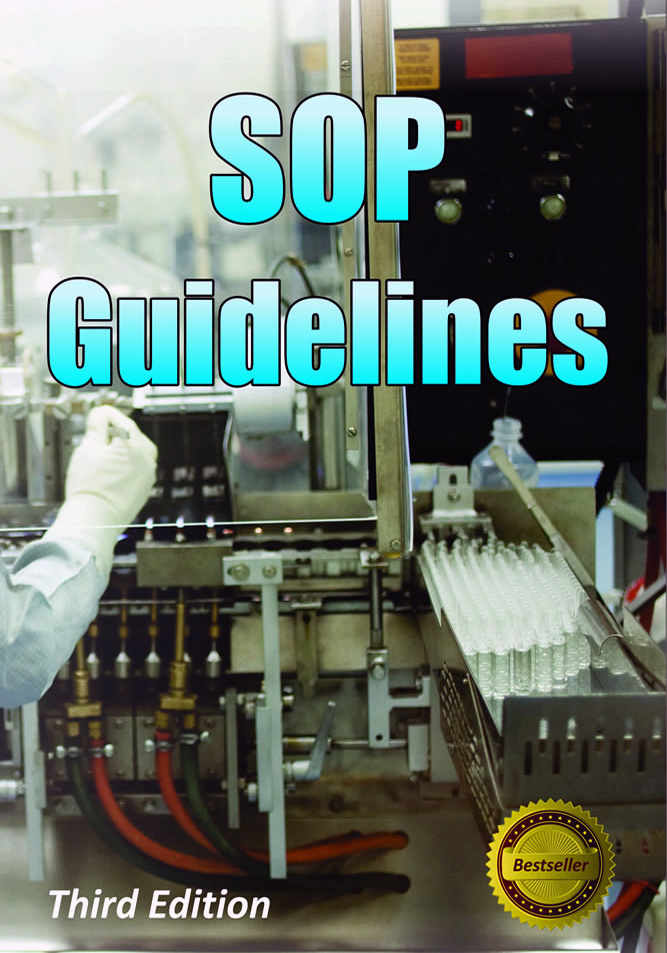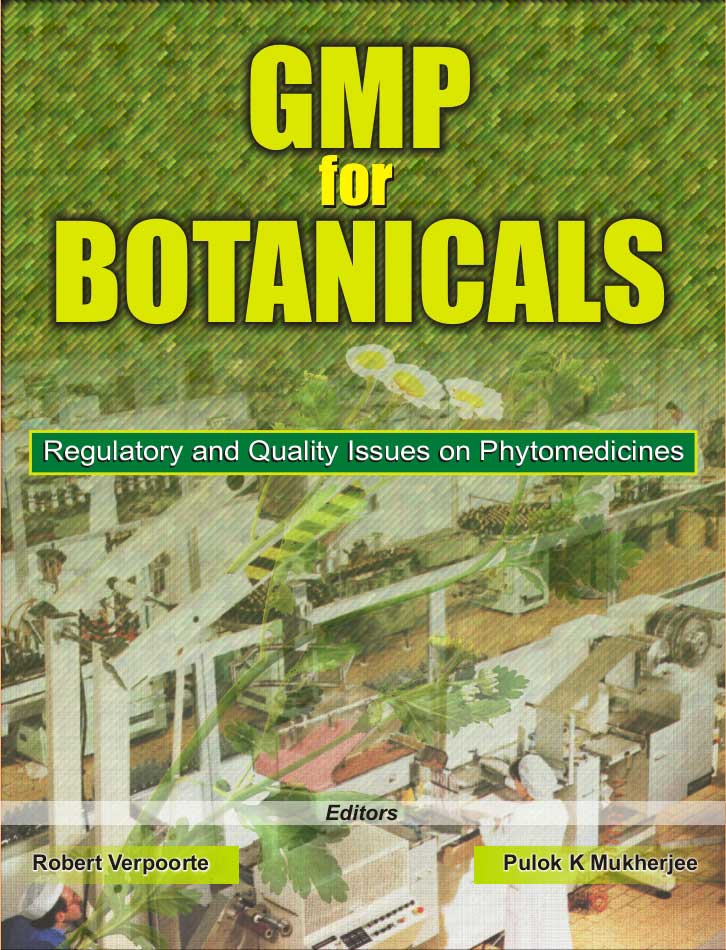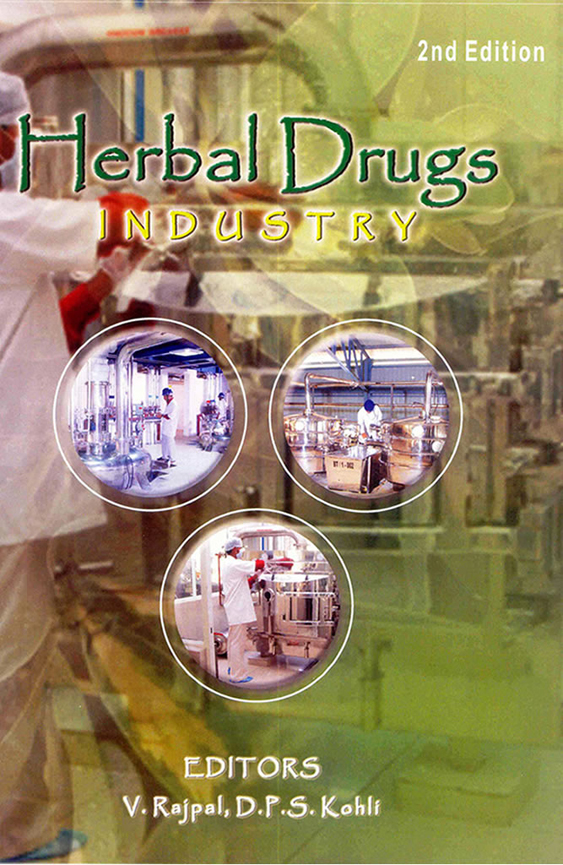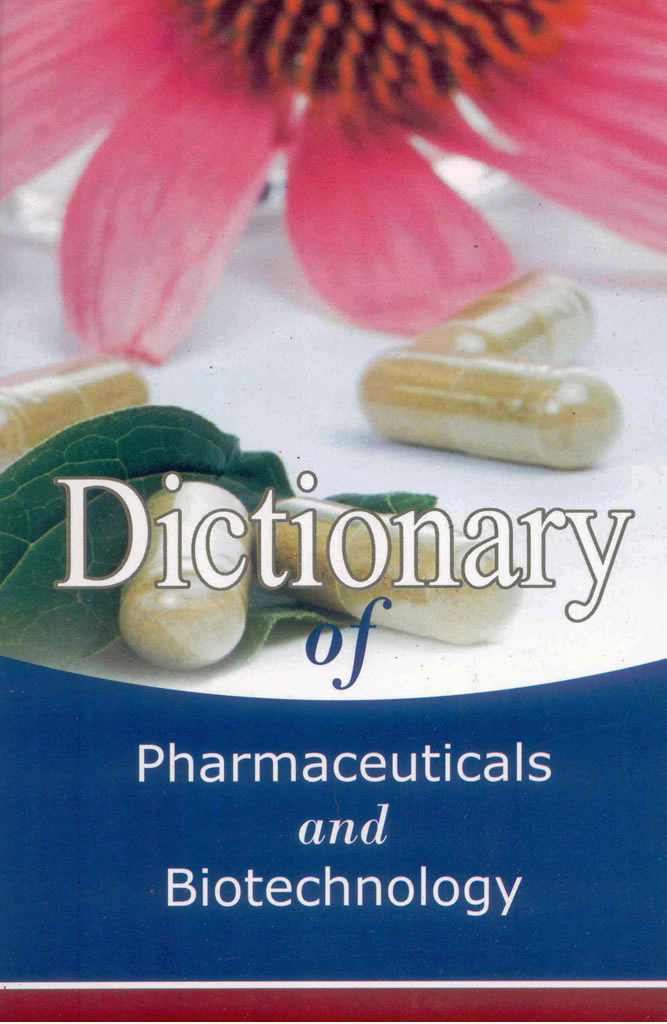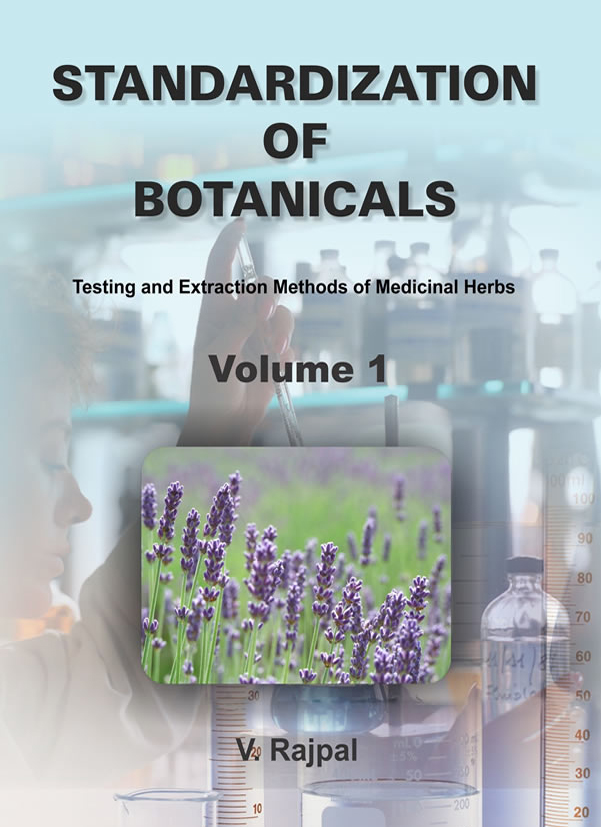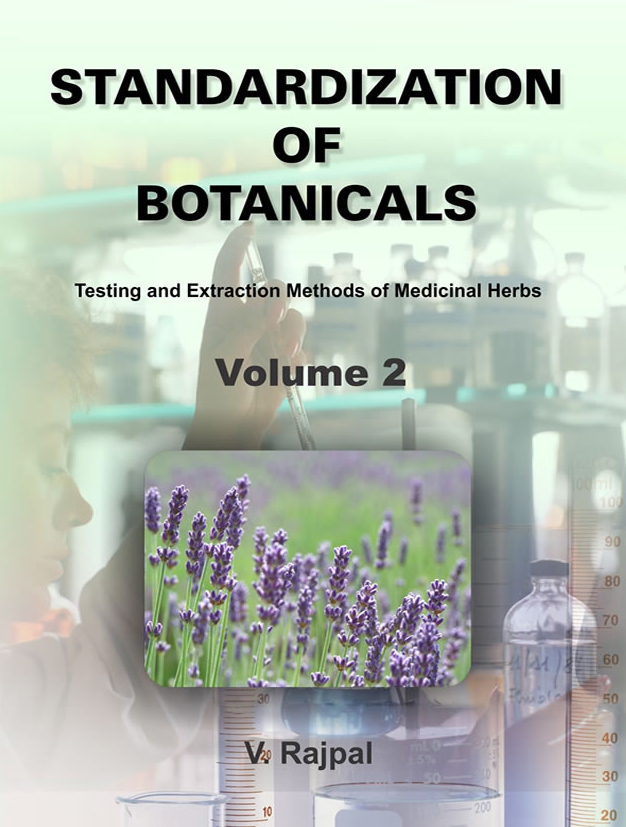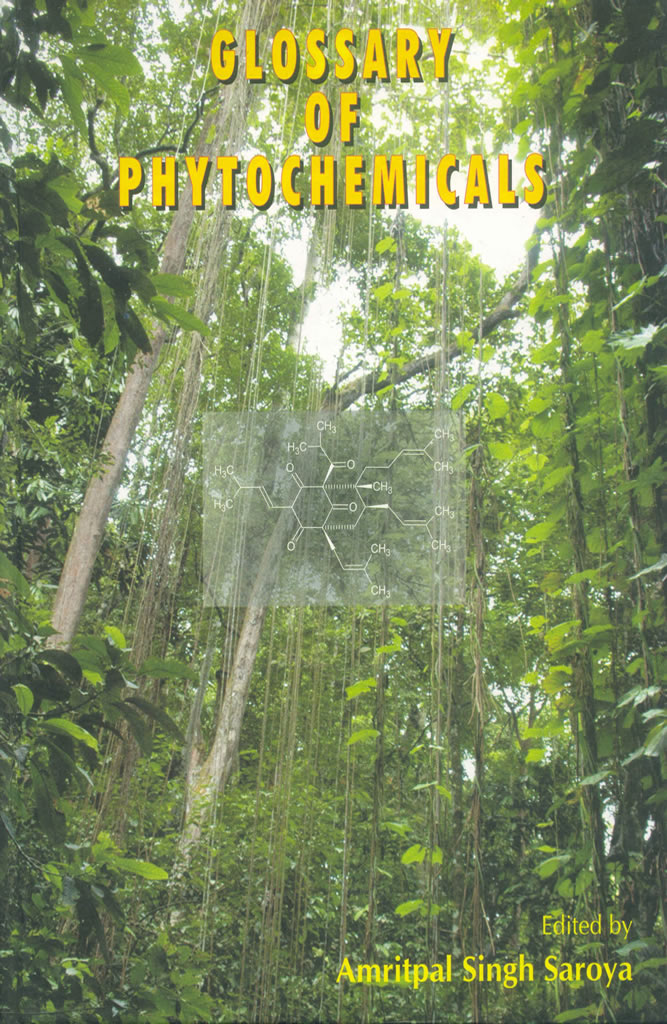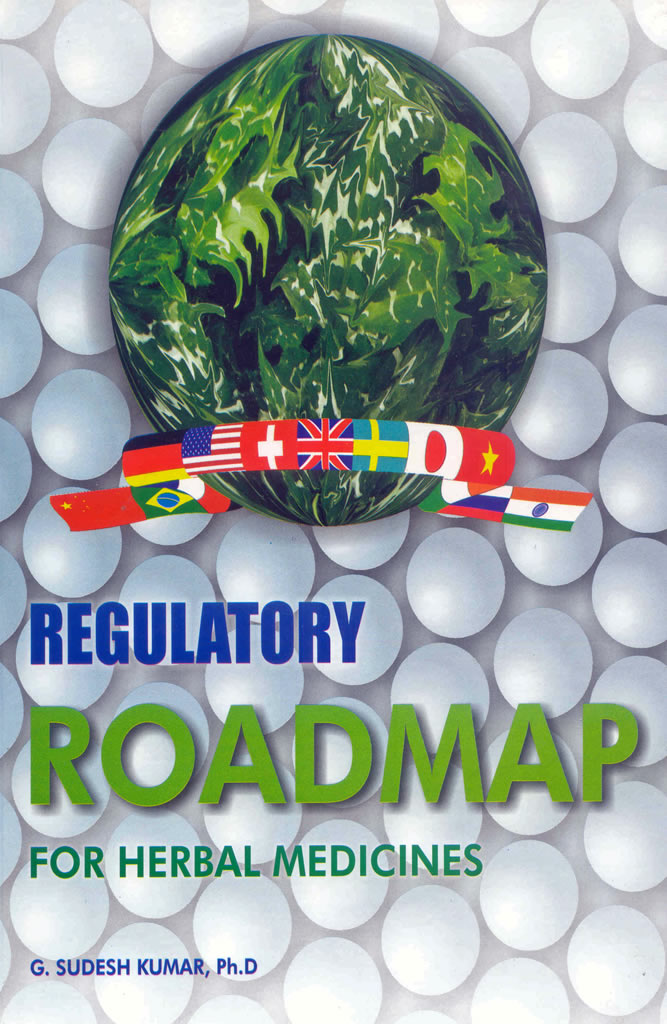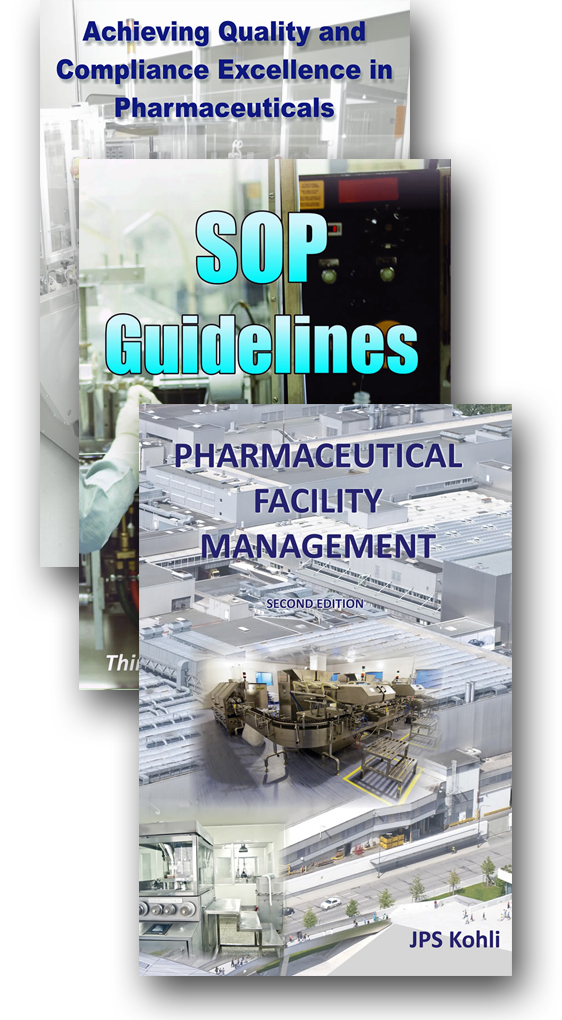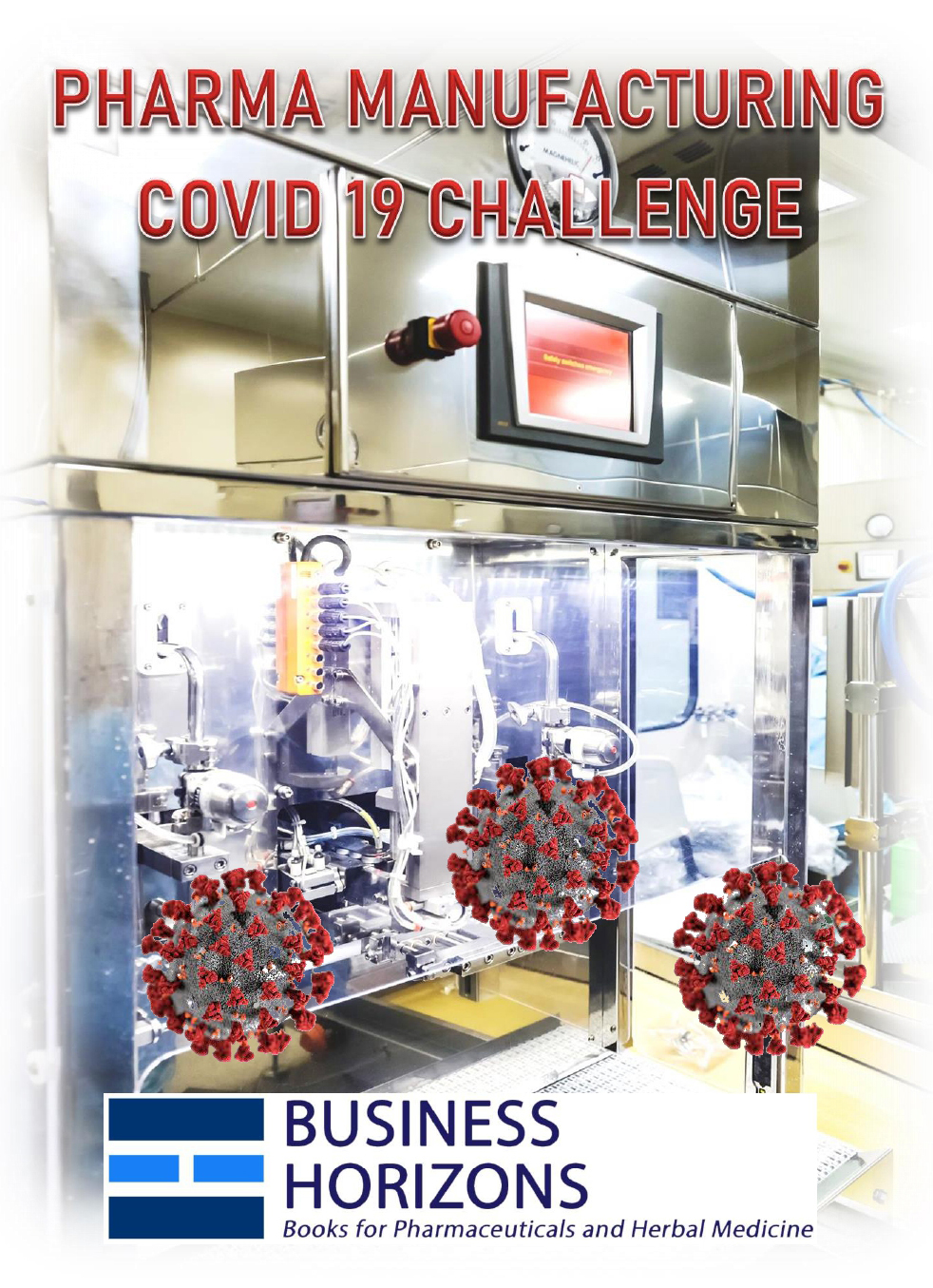CONTENTS
Foreword
Preface
Part I – Introduction
ALTERNATIVE SYSTEMS OF MEDICINE
Historical Overview of Indian System of Medicine
Ayurveda – The Ancient Traditional Medicine
Siddha System of Medicine
Unani System of Medicine
Homeopathic Remedies
Tibetan System
Natural Products from Modern Medicine
Quality Control in Traditional Systems of Medicine
Limitations of Traditional Experience
Role of Traditional System of Medicine in Primary Health Care
World Situation on Traditional Medicine
Traditional Chinese Herbal Medicine and it’s Evaluation
Development of Traditional System of Medicine in India
Prospects of Traditional Medicine
References
HERBAL REMEDIES – TOXICITY AND REGULATIONS
Importance of Herbal Therapies
Herbals versus Conventional Drugs
Efficacy of Herbal Medicinal Products
Validation of Herbal Therapies
Safety in Herbal Drugs
Toxicity in Herbals and Their Interactions
Adverse Reactions and Safety in Herbal Medicine
General Concepts of Evaluation and Quality Control
Pharmacodynamic and Pharmacokinetic Issues
Assessment by Drug Regulators
Herbal Drug Regulations in India
Basic and Applied Research
Bioassay-Guided Separation and Structural Characterization
References
ETHNOBOTANY AND ETHNOPHARMACOLOGY
Ethnobotany in Herbal Drug Evaluation
Impact of Ethnobotany in Traditional Medicine
The Extent of Plant Kingdom in Medicine
Ethnopharmacology in Drug Evaluation
New Developments in Herbals
Biological Diversity – Role in Herbal Drug Development
Drug Discovery from Natural Products
Issues in Medicinal Plant Research
References
Part II – Quality Control Techniques
ADULTERATION AND DETERIORATION
Introduction
Types of Adulteration or Substitution of Herbal Drugs
Causes and Measures for Adulterations
Deterioration of Herbal Drugs
Control Measures for Deterioration
References
FACTORS AFFECTING HERB QUALITY
Introduction
Quality Standards of Herbal Products
Factors Relating To Quality of Herbal Drugs
Ecological Factors
Quality Assurance of Herbal Drugs
SAMPLING PROCEDURES
Sampling Procedures
Determination of Foreign Matter
MORPHOLOGICAL EXAMINATIONS
Organoleptic Evaluation
Macromorphological Evaluation
Cytomorphological Evaluation of Herbal Drugs
MICROSCOPICAL EVALUATION
Introduction
Instruments for Microscopical Study
Evaluation of Crude Drugs by Microscopy
Microscopical Methods
Quantitative Analytical Microscopy
DEVELOPMENT OF STANDARDIZATION PARAMETERS
General Information
Determination of Solvent Extractive Values
Determination Ash Values
Determination of Total Solids
Determination of Crude Fibre
Determination of Moisture Content
Determination of Essential Oils in Crude Drugs
Microbial Infestation and its Determination
Determination of Bitterness Value
Determination of Hemolytic Activity
Determination of Swelling Index
Determination of Foaming Index
Determination of Tannins
Determination of Arsenic and Heavy Metals
Pesticides
PHYTOCONSTITUENTS AND THEIR ANALYSIS
Introduction
Importance of Phytoconstituents in Therapy
Qualitative Analysis of Crude Drug Extracts and Isolates
Alkaloids and Their Analysis
Volatile Oils, Spices and their Analysis
Fixed Oils Fats and Waxes
Phenylpropanoids and their Analysis
Flavonoids
Resins and Resinous Plant Drugs and their Analysis
Tannins and their Analysis
Terpenoids and their Analysis
Glycosidal Components and their Analysis
Fluorescent Substances and their Analytical Parameters
Colouring Matters and their Analysis
Proteinaceous Components and their Analysis
Steroids
Carbohydrates and their Analysis
EXTRACTION OF HERBAL DRUGS
Introduction
Basic Principles and Rationale
Pre Extraction Operations for Crude Drugs
Effect of Solvent, Solvent Mixtures and Solution on Extraction
Characteristics of Phytoconstituents
Procedures for Extraction of Herbal Drugs
Interfering Compounds In Extraction of Desired Phytoconstituents
Extraction Methods for Specific Phytochemical Groups
Treatment of Drug Residue after Extraction
References
THIN LAYER CHROMATOGRAPHY
Introduction
Basic Principles of TLC
Mechanisms for the Separation of Phytoconstituents
Adsorbents for Quantitative Thin-Layer Chromatography
Preparation of the Layers
Preparation and Application of Samples
Determination of Suitable Separation Conditions
Development of Chromatogram
Detection of Herbal Drugs and Extracts by TLC
Evaluation of the TLC Plates
TLC Bioautography
Quantitative Thin Layer Chromatography
Assay of Steroids in Phyto-Formulations
Assay of Alkaloids
Analytical Procedures for Some Bioactive Materials
References
HIGH PERFORMANCE THIN LAYER CHROMATOGRAPHY
HPTLC and Its Advantages
Requirements for HPTLC Standardization
Theory and Instrumentation of HPTLC
Theoretical Considerations for Quantitative Analysis
Specual techniques in In-situ Quantitative Evaluation
Quantitative HPTLC for Pharmaceutical Applications
TLC-Densitometry in the Standardization of Medicinal Plant Extracts
References
Part III – Biological Screening
PHARMACOLOGICAL SCREENING OF HERBAL DRUGS
Introduction
Need For Phyto-Pharmacological Evaluation
Hippocratic Screening for Evaluation of Natural Products
New Strategies for Evaluating Natural Products
Evaluation of Antidiabetic Agents
Evaluation of Hepatoprotective Agents
Evaluation of Liver Carcinogenesis
Evaluation of Diuretic Agents
Evaluation of Antidiarrhoeal Agents
Evaluation of Uterine Tonic Agents
Evaluation of Anti Ulcers Agents
Evaluation of Hypolipidemics Agents
Evaluation of Wound Healing Agents
Evaluation of Anti-Tussive Agents
Evaluation of Cardiovascular Agents
Evaluation of Anti-inflammatory Agents
Evaluation of Analgesic/Antinociceptive Agents
Evaluation of Antipyretic Agents
Evaluation of Repellant and Anti-feedant
Evaluation of Antioxidant Agents
Evaluation of Enzyme Activators and Inhibitor Agents
Evaluation of Myorelaxant and Antispasmodic Agents
Evaluation of CNS Agents
Evaluation of Natural Products Active on Brain
Evaluation of Antifertility Agents
Evaluation of Tyrosinase Inhibitory Agents
References
ANTIMICROBIAL AND PARASITICIDAL SCREENING OF HERBAL DRUGS
Introduction
Preparation of Plant Samples for Antimicrobial Screening
General Methods for Antimicrobial Screening
Some Phyto-constituents with Antimicrobial Activity
Antibacterial Screening Method
Assay For Phytopharmaceuticals Having Antifungal Activity
Screening For Anti-micobacterial Activity
Molluscicidal and Piscicidal Activity Evaluation
Evaluation of Antigiardial Effect
Assay For Antimalarial Activity
Assays For Amoebicidal Activity
References
SCREENING FOR ANTIVIRAL ACTIVITY
Introduction
Phytoconstituents with Antiviral Potentials
General Concepts of Evaluation
Factors Influencing Evaluation
Requirements for Host Cells, Organisms and Culture Media
General Screening Procedures for Antiviral Testing
Evaluation of Cytotoxicity
Antiviral Screening Models
Evaluation of Anti-influenza Activity
Preparation of Different Reagents for Antiviral Study
References
Part IV – Legal Aspects
GOOD AGRICULTURAL AND HARVESTING PRACTICES
Introduction
Good Harvesting Practices
Good Agricultural Practices
Documentation Required
QUALITY ASSURANCE AND STABILITY TESTING OF HERBAL DRUGS
Indicative Substances for Quality Assurance
Gmp and Haccp in Traditional Systems of Medicine
Physical Quality Assurance
Quality Assurance by Cultivation and Breeding
Stabilization and Stability
Methods of Stabilization
Validation of Analytical Procedures
References
ANALYTICAL PROFILES OF SELECTED MEDICINAL PLANTS
Introduction
General Guidelines
Preparation of Spray Reagents
Analytical Profiles
Acorus calamus
Adhatoda vasica
Aegle marmelos
Andrographis paniculata
Bacopa monnieri
Berberis aristata
Boswellia serrata
Cassia tora
Centella asiatica
Coleus forskohlii
Commiphora mukul
Curcuma longa
Emblica officinalis
Gardenia gummifera
Gloriosa superba
Glycyrrhiza glabra
Mallotus philippinensis
Mangifera indica
Peganum harmala
Phyllanthus amarus
Piper longum
Piper nigrum
Psoralea corylifolia
Withania somnifera
Zingiber officinale
Annexure – 1 Websites on Herbal Medicines
Annexure – 2 International Herbal Organizations and Associations
Annexure – 3 References on Quality Control of Natural Products
Index
Acknowledgements

